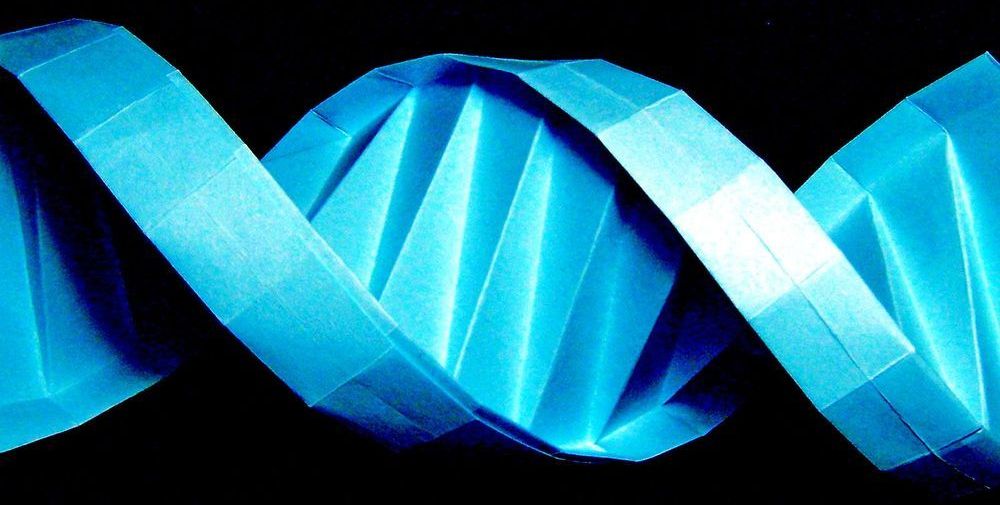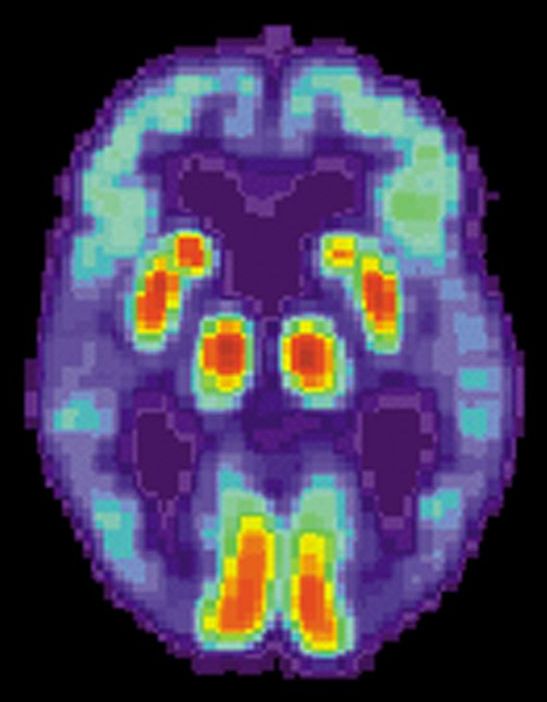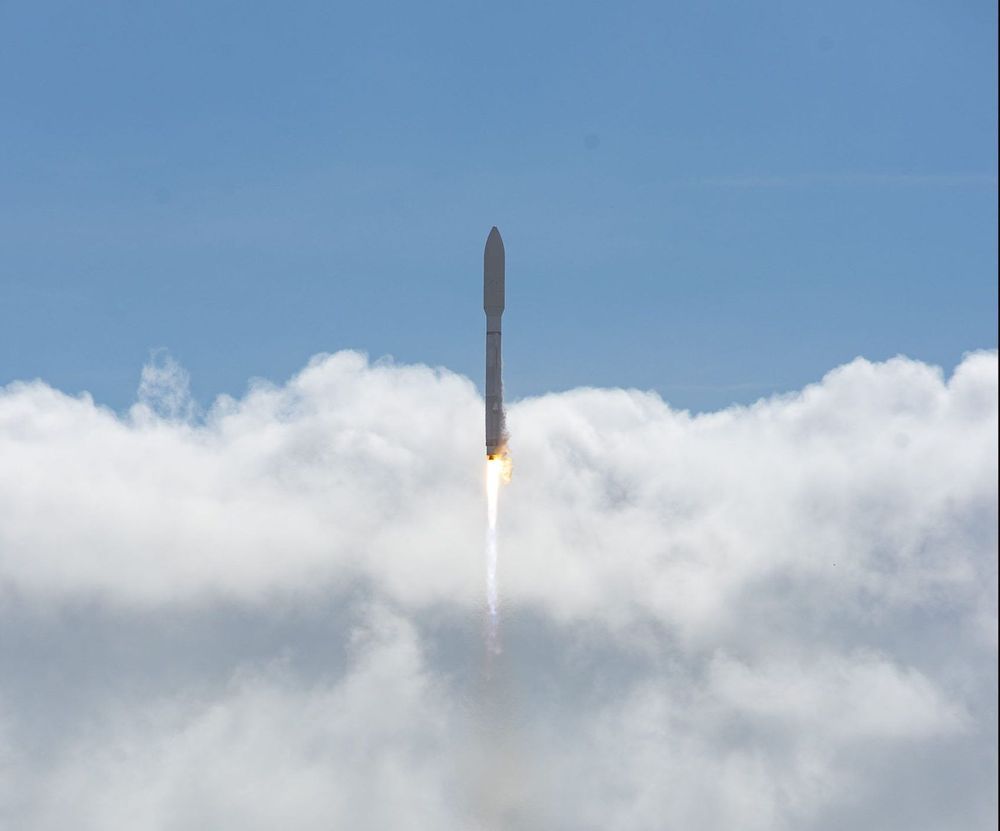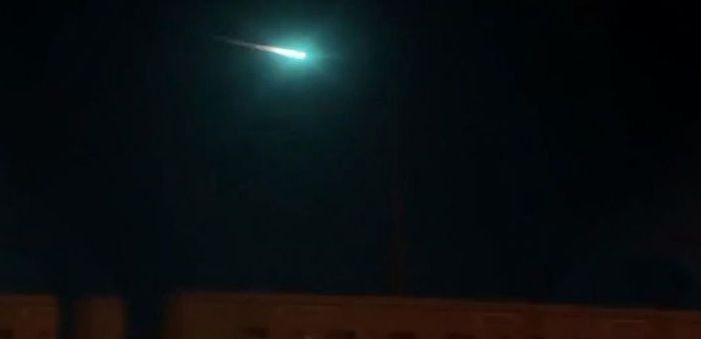Amazon Web Services recently had to defend against a DDoS attack with a peak traffic volume of 2.3 Tbps, the largest ever recorded, ZDNet reports. Detailing the attack in its Q1 2020 threat report, Amazon said that the attack occurred back in February, and was mitigated by AWS Shield, a service designed to protect customers of Amazon’s on-demand cloud computing platform from DDoS attacks, as well as from bad bots and application vulnerabilities. The company did not disclose the target or the origin of the attack.
To put that number into perspective, prior to February of this year, ZDNet notes that the largest DDoS attack recorded was back in March 2018, when NetScout Arbor mitigated a 1.7 Tbps attack. The previous month, GitHub disclosed that it had been hit by an attack with a peak of 1.35 Tbps.







